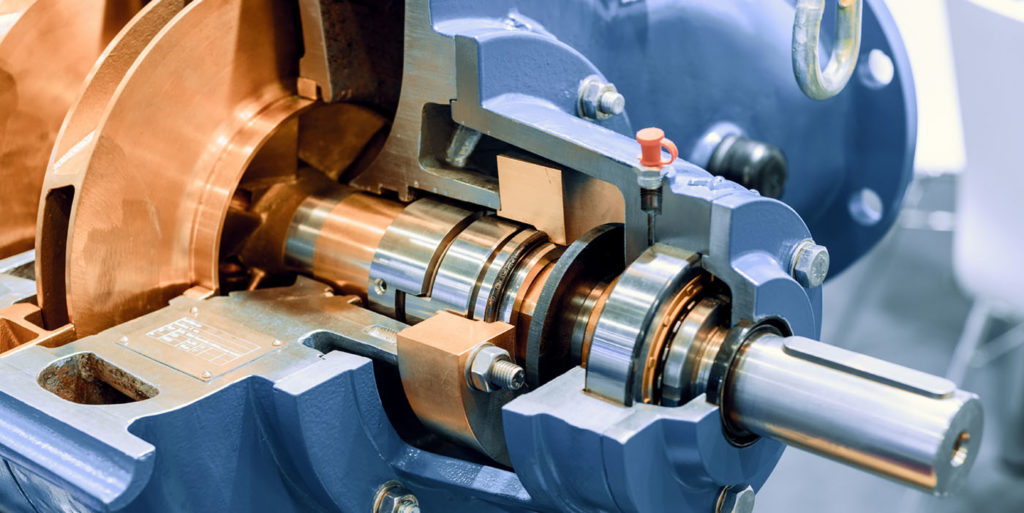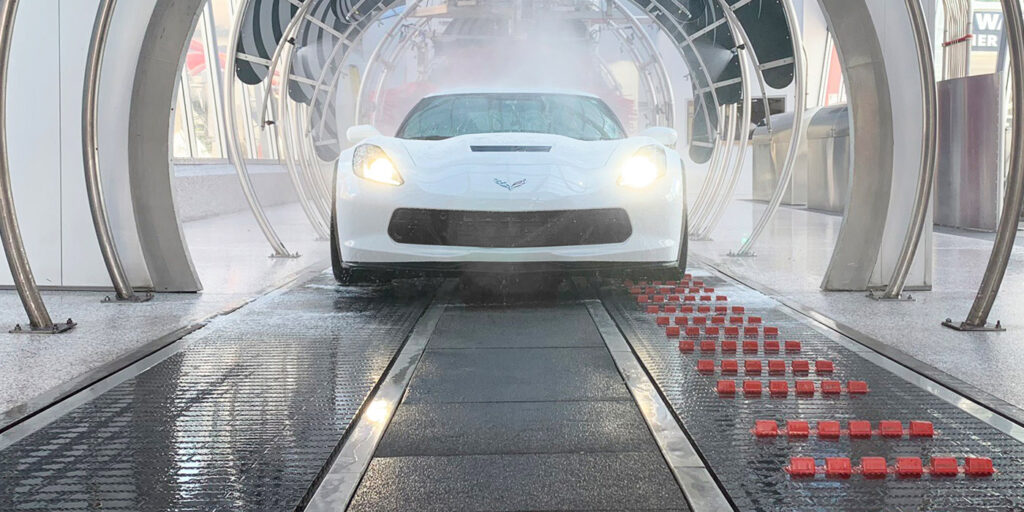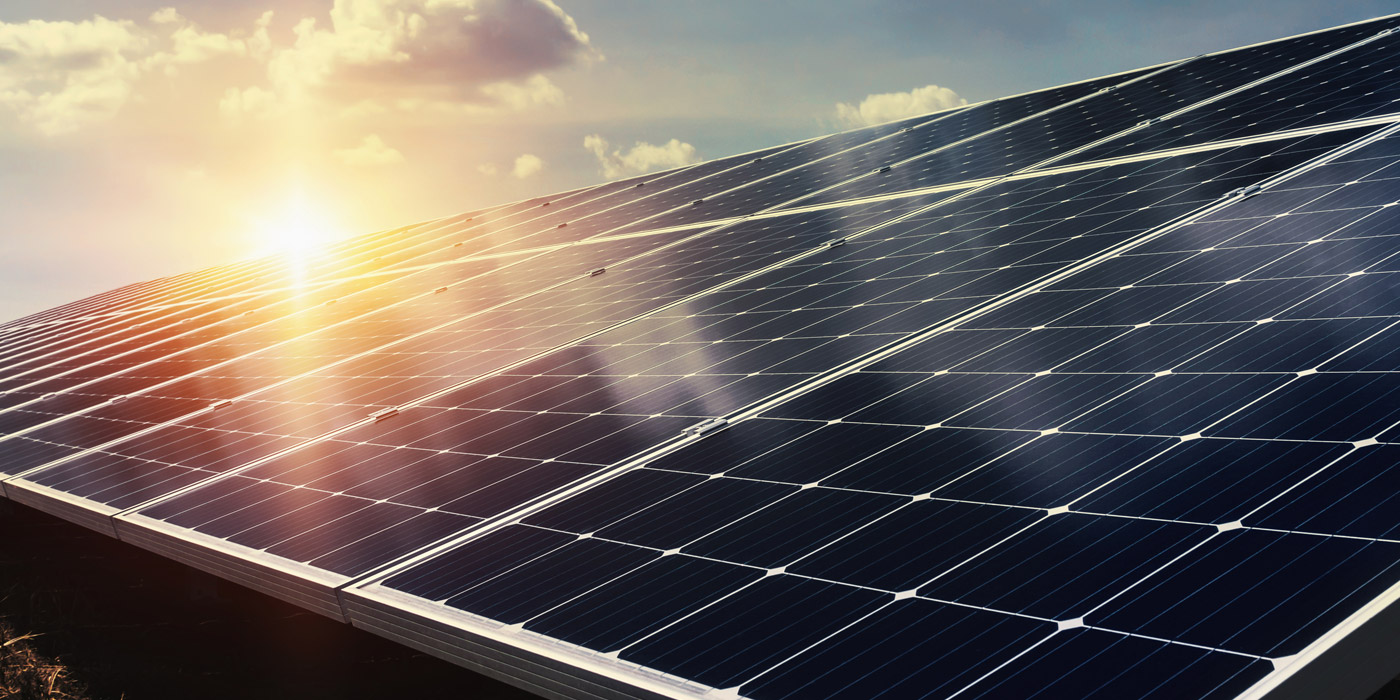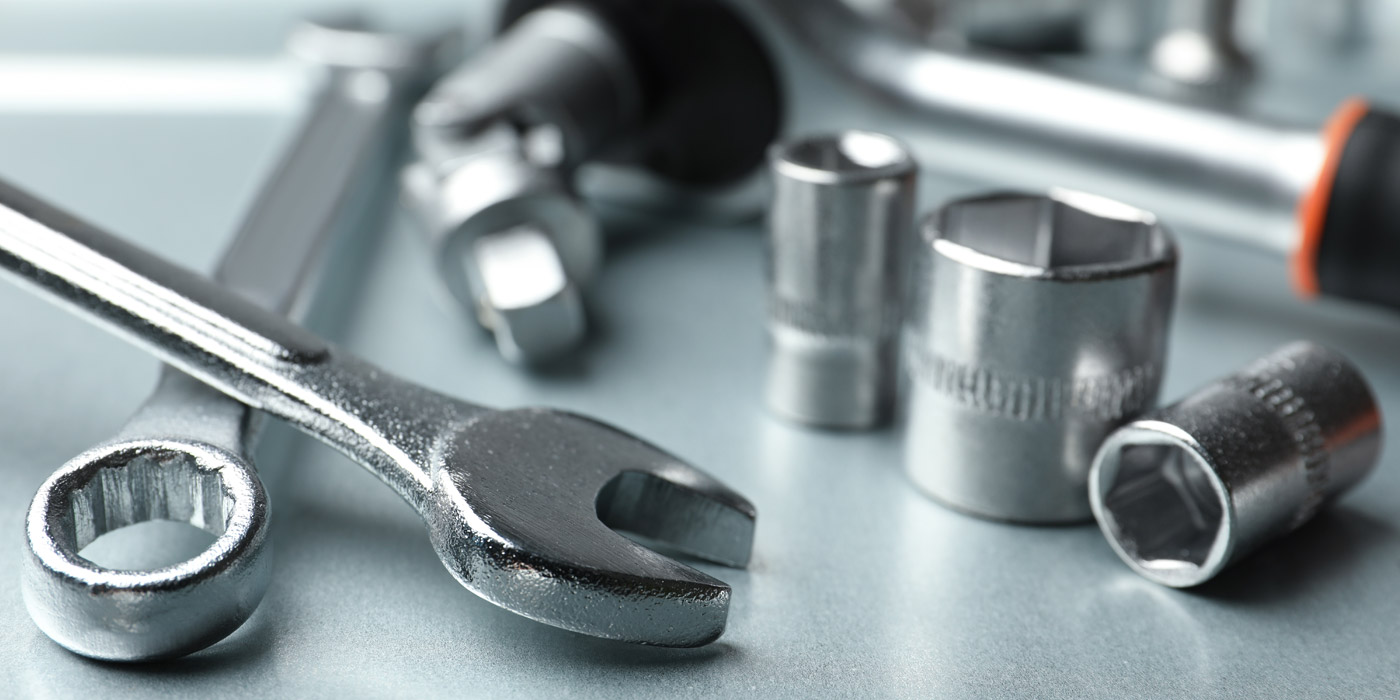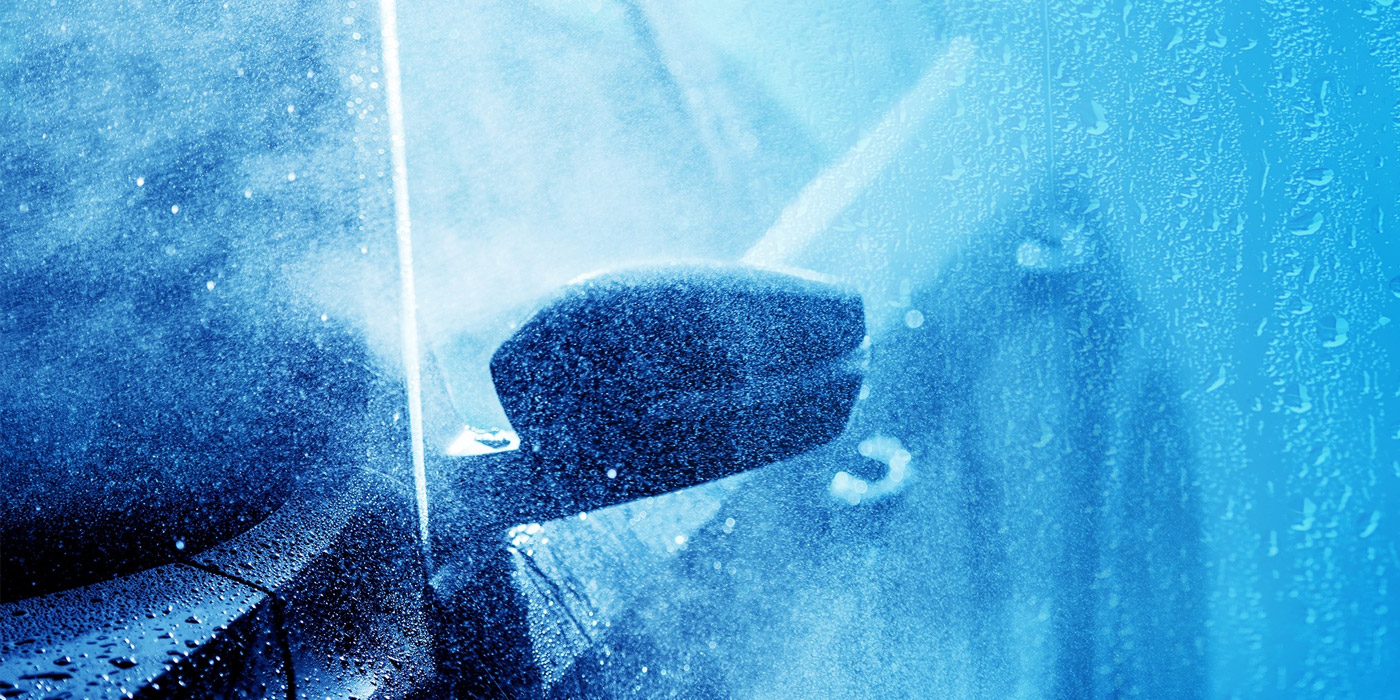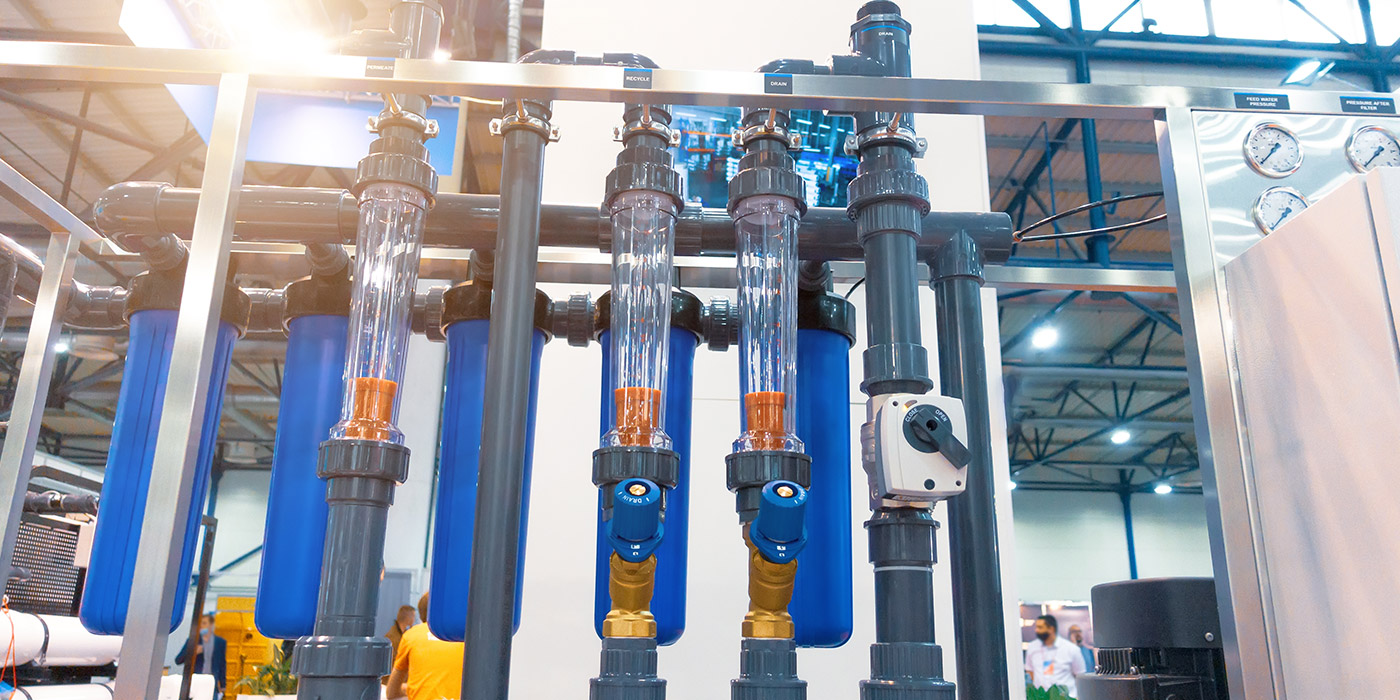Over the last few decades, the carwash market has experienced unique growth. In fact, the global carwash service market size was valued at $33 billion in 2018 and is expected to achieve a compound annual growth rate of 3.2% through 2025.1 An estimated 77% of drivers prefer a professional carwash to washing their vehicles at home.2 While the demand for professional cleaning is high, customers can choose between over 60,000 carwashes across the U.S., making competition fierce.
Today’s carwash industry frequently grapples with how to provide speedy and quality service while meeting high demand. Some businesses can have a hard time keeping up with larger chains in retaining loyal customers, purchasing chemical and meeting regulations. To simplify operations and avoid unnecessary costs, owners should understand the value of investing in high-quality and effective equipment, such as water-driven pumps (WDPs), and how to properly maintain them over time.
Common carwash challenges
Carwash owners must overcome several challenges to keep up with this booming industry. The novel coronavirus pandemic has impacted sales somewhat in 2020. However, even during the height of the shutdown, carwash operations were still operating and feeling optimistic. According to an Operator Pulse Survey conducted in July 2020 by International Carwash Association, among 82 carwash owners, 80% reported they were operating normally, and over 50% reported the current state of their businesses was strengthening.3 However, the same survey found multiple carwash owners were operating with government- or management-imposed restrictions, and some closed down due to the coronavirus pandemic. Despite this, various other factors remain that make operations difficult.
First, high costs can hurt small businesses trying to keep up with larger chains. Apart from labor, chemical is the highest variable cost. Carwashes typically spend between $0.45 and $1.20 on chemicals per wash.4 If an operator does not have tight control over dilution ratios, this can result in both a waste of chemical and profit. Without proper dilution, customers receive poor-quality washes, which can result in negative reviews and impact customer loyalty.
Additionally, an increasing number of regulations restrict water usage in carwashes. One popular solution to minimize water waste and impact fees is to employ water reclamation systems. However, these systems are often not enough. Washing a car right the first time can help avoid needing to rewash for a complete clean.
Careful considerations
To manage costs and stay compliant, carwash owners rely on chemical dispensers and pumps. With chemical proportioning and injecting equipment, operators can ensure chemicals dilute properly. The right system can streamline the process with fewer pumps handling a variety of chemicals and ensuring accurate use.
When choosing chemical dispensing equipment, carwash owners need to determine whether high-pressure or low-pressure pumps are the right solution for their operations. High-pressure injector systems have risen in popularity, as they typically use less water. However, they are much more expensive than WDP systems and increase electricity use.
Systems that utilize Venturi eductors or WDPs provide longer residence time of the chemical on the car, ultimately removing more dirt and grime. With WDPs, facilities can nearly eliminate the cost of electricity related to chemical usage. These types of pumps can provide chemical mixed with water on demand, reducing the installation footprint as well as the amount of premixed chemical and water that needs to be maintained. Owners should carefully consider which technology is the right fit.
Choosing the right pump
Carwash owners need to find a chemical dispenser that can provide a high return on investment (ROI) by minimizing chemical, water and electricity costs while also offering simple maintenance. There are several important factors to consider when purchasing new equipment, including:
- Chemical compatibility: Carwashes use a wide variety of chemicals that need to be diluted accurately, including buffing compounds, lubricants, drying agents and polishes. Ideally, owners will utilize one pump that can handle neutral, acid- and alkaline-based chemistries. With the rise of super concentrates, pumps also need to handle these highly concentrated solutions. Super concentrates help process cars faster but are highly abrasive and can ruin incompatible equipment. Pumps compatible with various chemistries and newer, more aggressive chemicals will last longer without wearing down. Look for a manufacturer that has considered and identified the most common chemistries used in the market and developed a pump with adjustable dilution rates to ensure success with every use.
- Durability: For the greatest ROI, operators should install a pump that can last for several years without requiring replacement. Also, since carwashes often run up to 12 hours per day, pumps need to function under high use with minimal downtime. Less maintenance means a lower cost of ownership, saving money year after year.
- Accuracy: Tunnel carwashes generally use several different chemical dilution systems, creating room for error. Some dispensing systems have accuracy issues and produce inaccurate dilutions. If ratios are off by more or less than 10%, carwashes could be wasting chemical or under diluting, resulting in poor performance and unhappy customers. Look for equipment that uses perfluoropolymer (FFKM) seals to avoid system failures. An accurate and durable pump can help move the line quickly without sacrificing results.
Maintenance best practices
To extend the lifespan of your pumps as long as possible, regular and thorough maintenance is essential. Consider these best practices for maintaining your equipment:
- Keep to a regular schedule. After installing equipment, follow the manufacturer’s directions on how to maintain the pump and minimize wear and tear. It’s crucial to regularly replace filters and strainers as well as metering tips for accurate dilution ratios.
- Pay attention. Although scheduled maintenance is key, it’s still important to check in on your pumps to ensure there is no additional maintenance required. When you notice something is off, schedule maintenance right away.
- Make repairs as needed. Letting issues continue without handling them will only cause more problems down the road and reduce the life of your pump. For example, the dosage gasket located in the lower end of a WDP needs to be replaced routinely in order to maintain proper dilutions and accurate function of the pump. Pump manufacturers will provide the necessary maintenance schedules.
Excellent service for a growing industry
Carwash patrons have plenty of options when choosing which establishment to visit. To keep customers satisfied and coming back, it’s imperative to deliver a consistent and top-notch clean. Today’s market may be competitive, but the right pump can help lower costs through minimizing chemical overuse and ensure compliance with water-use regulations. Explore your options for a simplified and long-lasting pump that will help you cruise ahead of the competition.
Scott Campbell is a global product manager with Hydro Systems, a world leader in delivering chemical dispensing and dosing solutions. Campbell can be reached at [email protected]. For more information, visit www.hydrosystemsco.com.
Sources:
1https://www.grandviewresearch.com/industry-analysis/car-wash-service-market
2https://www.carwash.org/for-operators/industry-information
3International Carwash Association Inc., Operator Pulse Survey, July 2020
4https://www.nulook.com/car-wash-business-profit-expect/#:~:text=Detergents%2FChemicals%20.&text=Car%20Wash%20Magazine%20estimates%20that,car%20for%20chemicals%20is%20%240.64

